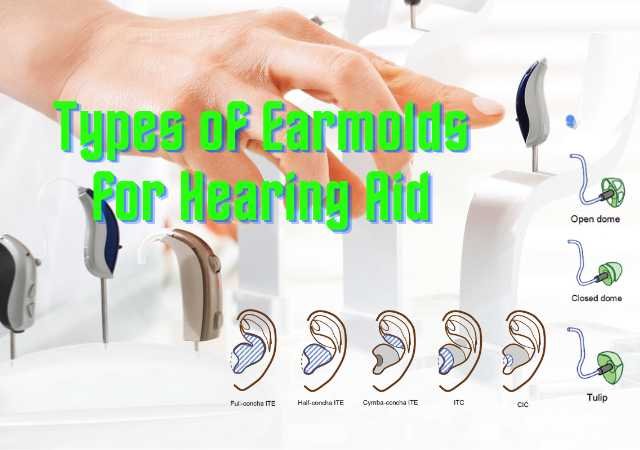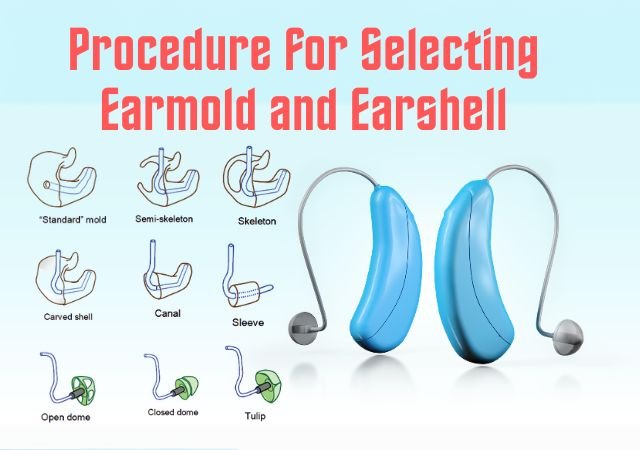
Childhood Autism Rating Scale 2 (CARS-2): In this article, we talk about the components of the CARS-2, specifically the Standard version and Higher functioning version rating booklet. It facilitates a standardized assessment of individuals across a wide array of cognitive and communicative levels, including those estimated to have a full-scale IQ no greater than 79 and those estimated to have a higher IQ and good verbal fluency. It uses a set of structured 15 behavioral items to identify and characterize autism-associated behaviors, described in detail with examples to help guide evaluators.
The piece not only explains how the ratings work but also why it is important to make the distinction between tamer and more dangerous behaviors. In addition to the above, the scoring and interpretation sections provide a systematic step-by-step protocol for professionals, including receipt of information from a sample report, as can be seen in the Childhood Autism Rating Scale 2 Sample Report, and resource documents provided (e.g., childhood autism rating scale pdf). Through such a detailed investigation, the CARS-2 becomes suitable for compiling diagnostic data, assessing levels of functioning, giving meaningful feedback to parents and establishing effective programs for an individual child on the autism spectrum.
- Author: Eric Schopler, Ph.D., Mary E. Van Bourgondien, Ph.D., Glenna Janette Wellman, Ph.D., and Steven R. Love, PhD
- Publication Date: 2010
- Age Range: 3 Years and Up
- Administration Time: 5 to 10 Minutes
Childhood Autism Rating Scale 2 (CARS-2) Items and Rating
This section offers detailed instructions for administering the Childhood Autism Rating Scale 2 Standard Version. Standard Version of CARS-2—Individuals with an estimated overall IQ of 79 or below, those with impaired communication skills, or children under the age of 6 (regardless of estimated IQ) For scoring, reference samples for the CARS-2 Standard Version consisted of individuals aged 2 years or older.
The CARS-2 Higher Functioning Version Rating Booklet is for use with individuals age 6 or older with IQs of 80 or above and moderately good verbal skills. Here is where we just need to hammer home that parents should NEVER be asked to do the CARS-2 Standard Version or CARS-2 Higher Functioning Version. Instead, obtain parent report using the CARS-2 QPC.
Observations of Behavior
A rating must therefore consider how an individual compares to a typically developing same-age individual. Any suspicious behaviors should be assessed in terms of peculiarity, frequency, intensity, and duration compared to typical behavior for that age group. Because we should be making assessments of behavior without making causal explanations. The symptoms of autism, on whatever level of the spectrum, may be similar to some types of behavior associated with other disorders, but it is critical to measure to what degree, if any, the individual’s behavior is not indicative of normal development without making judgments about whether such behavior can simply be chalked up to other medical, psychiatric, or cognitive disorders. The assigned rating values and pattern of impairments will contribute to differentiating individuals with autism from other disorders.
Items of Childhood Autism Rating Scale 2 (CARS-2)
Total Number of Items: 15
See details on all 15 rating areas in the CARS-2 Standard Version in the booklet. It details behavior related to individual items, as well as relevant considerations discussed in the booklet. Examples that demonstrate the criteria for applying each rating value come next, based on those considerations.
Item 1. Relating to People
Item 2. Imitation
Item 3. Emotional Response
Item 4. Body Use
Item 5. Object Use
Item 6. Adaptation to Change
Item 7. Visual Response
Item 8. Listening Response
Item 9. Taste, Smell, and Touch Response and Use
Item 10. Fear or Nervousness
Item 11. Verbal Communication
Item 12. Nonverbal Communication
Item 13. Activity Level
Item 14. Level and Consistency of Intellectual Response
Item 15. General Impressions
The organization goes into detail on each, exploring the nuance of human behavior. Examples that demonstrate how rating values are assigned are accompanied to facilitate understanding. Data analysis on the prevalence and severity of autism-related behaviors can provide detailed information that allows a fine-grained analysis of the child’s behavior.
Rating of Childhood Autism Rating Scale 2 (CARS-2)
Of note, after acquiring the required information, use the recorded information in the notes in the observances section for each item to aid the rating process using the setting to the Childhood Autism Rating Scale 2 (CARS-2). The scoring values of the 15 items of CARS-2 are between 1 and 4.
A score of 1 is often a sign that an individual’s behavior is within the appropriate limits for his/her age. A score of 2 indicates mild abnormality for age. A 3 means moderately abnormal for age; 4 means severely abnormal for age.
Alternatively you can use midpoints (1.5, 2.5, 3.5) when the behavior is in between two categories. If the behaviour is mildly to moderately abnormal it should be scored as 2.5. If this is the case, the seven ratings available through each item are:
1 → Within normal limits for that age
1.5 → Very mildly abnormal for that age
2 → Mildly abnormal for that age
2.5 → Mildly to moderately abnormal for that age
3 → Moderately abnormal for that age
3.5 → Moderately to severely abnormal for that age
4 → Severely abnormal for that age
Each rating is associated with a specific description for each item.
Childhood Autism Rating Scale Scoring and Interpretation
Scoring the Childhood Autism Rating Scale 2 (CARS-2) Standard Version is a straightforward and methodical process. Using the CARS-2 booklet, the evaluator is tasked with translating ratings for all 15 categories into directed spaces. The next step is to add these ratings to find your Total raw score. Based on this, the autism severity can be determined, denoted by placing a tick in the appropriate box of the Severity Group box by matching the Total raw score with the set criteria. The evaluation is further refined with the disposition of a standardized score in the shape of the T-score You then circle the appropriate value on the Raw score table on the right-hand side of the summary section.
The T-score, which can be seen to the left of the highlighted score, allows comparison between the individual score and populations of ASD individuals, allowing assessment of how severe the autistic behaviours of the subject are. It also issues the Percentile rank corresponding to the Total raw score, making it a comprehensive and detailed assessment tool as conducted by the CARS-2 Standard Version. Childhood Autism Rating Scale 2 Sample Report, childhood autism rating scale pdf etc.
Scoring the CARS-2 Standard Version involves a simple process:
Step 1: Fill in the ratings from the inner pages of the booklet for all 15 categories.
Step 2: To calculate the Total raw score, Which is Sum of these ratings.
Step 3: Identify the Severity Group associated with the Total raw score by marking the appropriate box.
Step 4: To derive a standard score in the form of a T-score, encircle the value matching the Total raw score in the provided Raw score table on the summary section’s right side.
Step 5: The T-score is the number printed to the left of the encircled value.
Step 6: The percentile rank corresponding to the Total raw score is indicated by the number printed to the left of the T-score value.
Benefits of Childhood Autism Rating Scale 2 (CARS-2)
1. Synthesize diagnostic information.
2. Evaluate functional capabilities.
3. Offer constructive feedback to parents.
4. Develop targeted interventions.
Features of Childhood Autism Rating Scale 2 (CARS-2)
CARS-2 also has refinements that make it applicable to individuals at the high-functioning end of the autism spectrum—those with average or above-average IQ scores, higher levels of verbal skill, and different social and behavioral challenges.
Standard Version Rating Booklet: Age 6–11, or with communication impairment or lowered estimated IQs.
High Functioning Individuals (HFI) Rating Booklet: For assessing verbally fluent subjects that are 6 years and older with IQ scores above 80.
Parent or Caregiver Questionnaire: A nonscored instrument which provides information for Standard and high-functioning ratings.
FAQs about Childhood Autism Rating Scale 2 (CARS-2)
What is the Childhood Autism Rating Scale 2 (CARS-2)?
The CARS-2 (Childhood Autism Rating Scale 2) is a standardized instrument developed to inform the assessment of individuals with autism. There are two versions, the Standard Version for people with overall estimated IQs of 79 and lower, and the Higher Functioning Version for those with IQs of 80 and higher and superior verbal abilities. It assesses 15 areas of behavior to help diagnose a person and determine the severity of their autism.
How is behavior assessed using the CARS-2?
To assess behavior, an individual’s behavior is compared with a typically developing person of the same age. Any noticed variations are analyzed by quirkiness, repetition, severity, and timeframe. The rating values assigned to these items in the assessment are not causal explanations, but rather justifications for the distinction of individuals on the autism spectrum versus individuals with other disorders.
What are the items covered in the Childhood Autism Rating Scale 2 (CARS-2)?
The CARS-2 scores behaviors on 15 items including but not limited to Relating to People, Imitation, Emotional Response, Body Use, Object Use, Adaptation to Change, Visual Response and Listening Response. Each item is described in more detail in the assessment booklet, including important points to consider and examples to help with rating.
How is the Childhood Autism Rating Scale 2 (CARS-2) scored?
Scoring consists of rating each of the 15 items on a scale of 1 to 4, and the Total raw score is obtained by summing these ratings. Autism severity is assessed by comparing the Total raw score to pre-established criteria with individual standard score (T-score) and percentile rank. It is well described in a straightforward step-by-step process.
What are the benefits of using the Childhood Autism Rating Scale 2 (CARS-2)?
The CARS-2 provides multiple advantages including synthesis of diagnostic information, assessment of functional capabilities, providing constructive feedback to the parent and assisting in devising targeted intervention strategies.
References:
- (CARS™2) Childhood Autism Rating Scale™, Second Edition
- Assessment in Speech Language Pathology A Resource Manual 5. Auflage, Kenneth G. Shipley, Julie G. McAfee [Buch]
- The American Academy of Pediatrics (AAP) in their guidelines on developmental surveillance and screening (AAP)







0 Comments